Dropshipping vs. Traditional Ecommerce: Which is Right for You?
Introduction
"What’s better: total control or minimal risk? Compare dropshipping and traditional eCommerce to see which fits your style." Right now two business models are trending high. Dropshipping or traditional e-commerce success depends heavily on business goals, resources and individual risk tolerance levels surprisingly enough. Ecommerce has revolutionized ways businesses operate nowadays offering myriad business models suited remarkably well for diverse organizational needs. Dropshipping and traditional ecommerce remain the most popular approaches nowadays in online retail circles largely still today. Yet figuring out the right fit for you remains a mighty tricky somehow. Let's discuss the pros and cons of two most popular models carefully, which will help you to make fair informed decisions with utmost clarity naturally.
Comparison between the 2 popular ways:
What Is Dropshipping?
It involves selling products online without actually stocking inventory, thereby eliminating overhead costs associated with storing merchandise. Upon placing an order, a customer gets the product shipped directly by the supplier to them quickly and very efficiently every time. Storage costs and upfront expenses are significantly slashed using this ridiculously efficient method. It is the low-risk model.

Pros:
-
Low Startup Costs – No need to invest in inventory upfront.
-
Minimum Risk – You only purchase products after making a sale.
-
Easy to Start – Easily expand your product range, you can start it easily over any social media platform.
-
Flexibility – Operate from anywhere with an internet connection.
-
Wide Product Range – You can offer a vast range of products without worrying about storage.
Cons:
-
Lower Profit Margins – Since suppliers handle fulfillment, costs can be higher.
-
Competitive Market – Many businesses use this model, making differentiation crucial.
Note- In Business 5 Core the profit margins are high as you can decide the margin on your own.
What Is Traditional Ecommerce?
It involves purchasing inventory upfront, storing it, and managing fulfillment yourself or through a third-party logistics provider. This model is the hands-on risk approach.
Pros:
-
Higher Profit Margins – Bulk purchasing reduces costs.
-
Brand Control – You manage product quality, packaging, and customer experience.
-
Better Customer Service – Direct handling of returns and inquiries.
Cons:
-
Higher Initial Investment – Requires capital for inventory and storage.
-
Inventory Risks – Unsold stock can lead to losses.
-
Complex Logistics – Managing warehousing and fulfillment can be challenging.
Conclusion
At the heart of it, the decision between dropshipping and traditional eCommerce boils down to your goals, resources, and appetite for control and commitment. Dropshipping offers a lean, low-risk entry point ideal for testing markets and scaling fast without the burden of inventory. On the flip side, traditional gives you full ownership of your brand experience—from product quality to customer service—but requires more upfront investment and operational oversight.
Which Model Should You Choose?

Your choice depends on your business goals:
-
If you want low upfront costs and flexibility, dropshipping is ideal.
-
If you prefer higher profit margins and brand control, conventional ecommerce is the way to go.
Ultimately, both models have their advantages. The key is to align your strategy with your resources and long-term vision.
—-------------------------------------------------------------------------------------------------
Here you can find more amazing Dropshipping opportunities, browse our partnership programs like Wholesale, Influencer, Flea Marketing, Music School Partner, Business page to find the best earning potential according to your needs.



